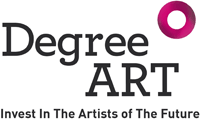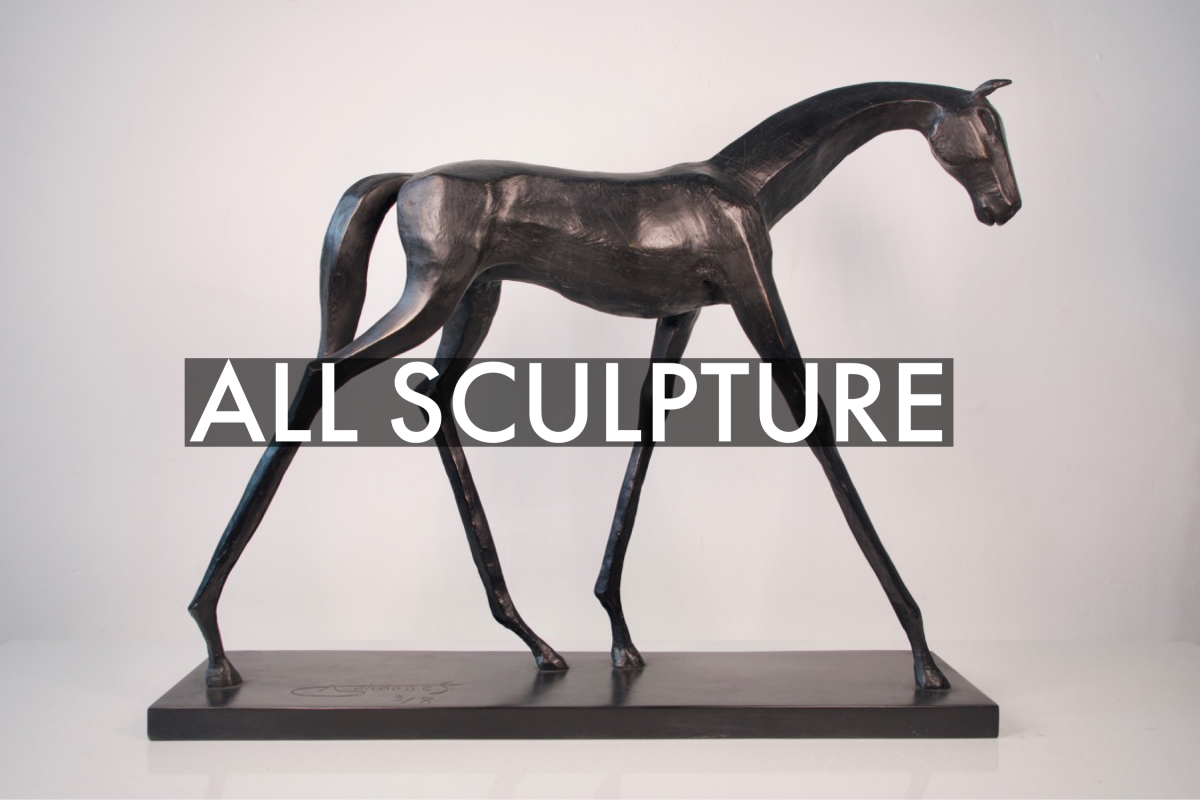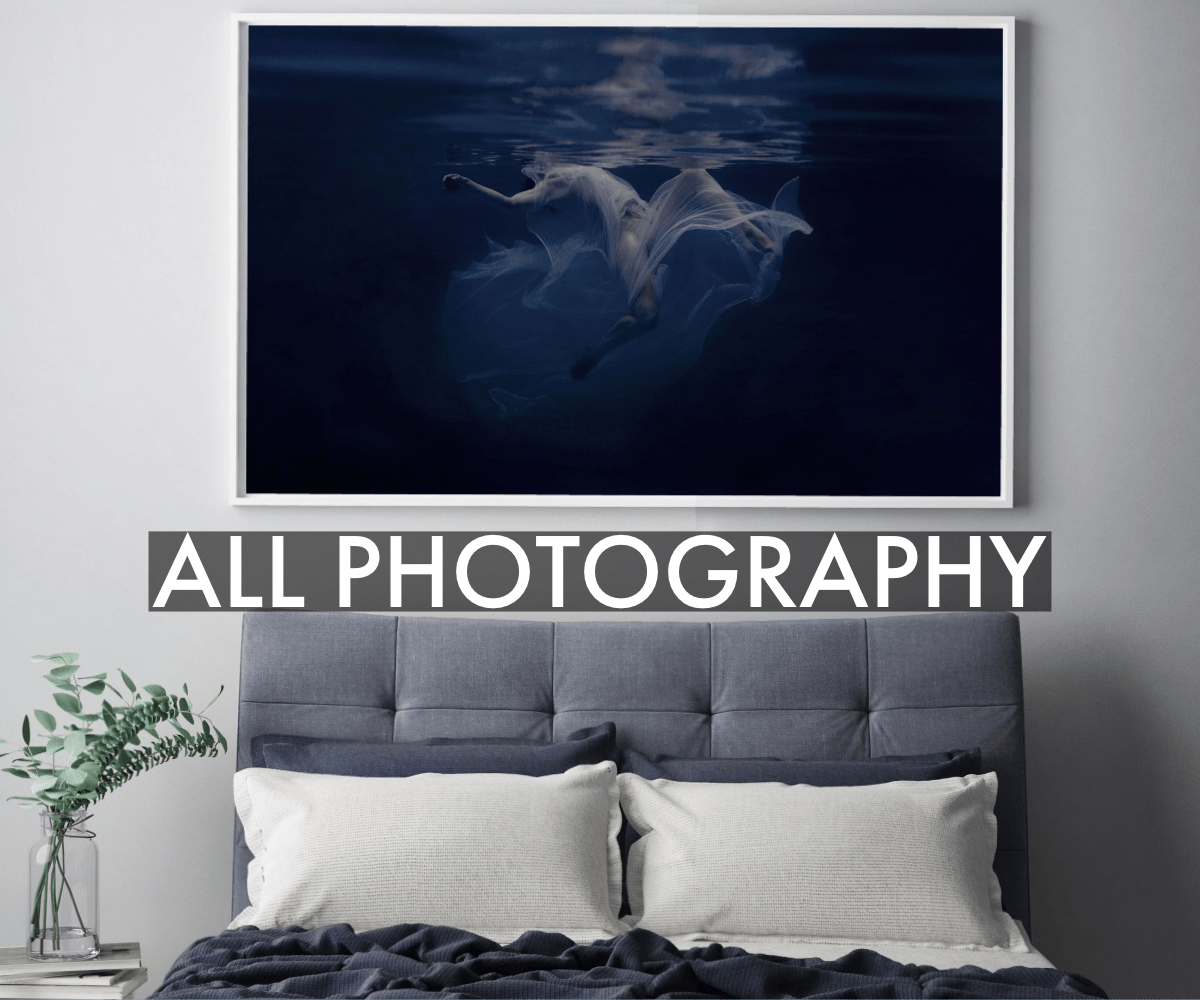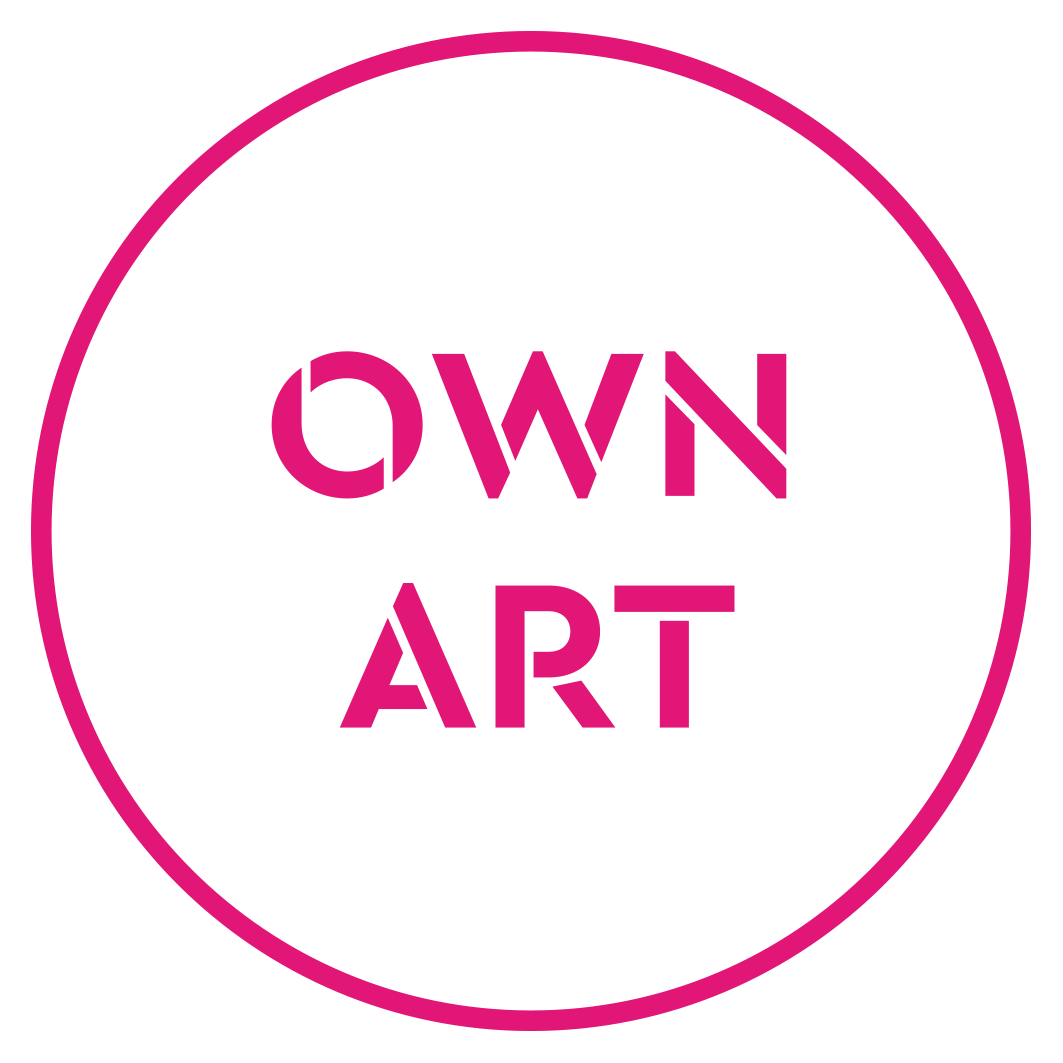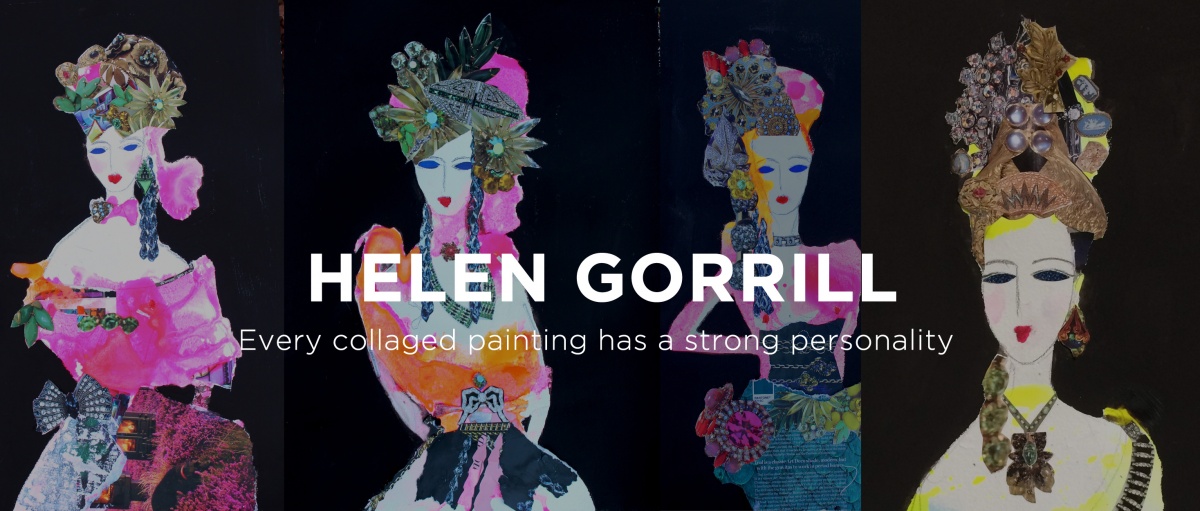
Helen Gorrill holds a PhD in Contemporary British Painting, and her work is held in private collections worldwide. Gorrill sits alongside Tracey Emin as one of only four UK women artists selected for New York Brooklyn Museum’s Elizabeth A Sackler Center digital archive. She is currently writing a book on contemporary British painting to be published by I.B. Tauris in 2018, and her own artwork usually focuses on representing the historic female through collage and paint. As a result of a move from the city to the country and a curiosity in the encroachment of the urban on the rural environment, Helen also recreates animals through reclaimed billboard posters and graffiti.
1) Which art movement do you consider most influential on your practice?
Currently, French Rococo painting and the 18th Century New Portraiture movement in Europe.
2) Where do you go and when to make your best art?
Any place, anytime, although I work very messily so I really should be restricted to my studio.
3) How do you describe your 'creative process'?
I’m very much a layerer, starting with drawing, then paint, then collage, then more paint, then more collage, then more drawing. If I'm recreating a person (such as my new depictions of Marie-Antoinette's cohort in 18th Century Paris), I don't finish layering until I feel I have brought that person back to life, and each painting/collage has a strong identifiable personality and presence. My studio is upside down: boxes of found sweet wrappers, discarded flyers, ripped billboard posters, hardened paint brushes used for effects and layers of the discarded remnants of previously collaged paintings underneath me when I work.
4) Which artist, living or deceased, is the greatest inspiration to you?
Living - Georg Baselitz who famously said 'women can't paint' and instigated my PhD thesis 'Gendered Economic and Symbolic Values in Contemporary British Painting', and the subsequent book 'Women Can't Paint: Gender, the Glass Ceiling and Values in Contemporary Art', to be published by I.B. Tauris in 2018. Deceased - the painter Joseph Highmore (1692-1780) for his slightly subversive and intriguing portraits of women.
5) If you weren't an artist, what would you do?
A writer (which I am now luckily doing too in relation to contemporary painting)... failing that I adore cooking and drinking, so I guess I could open a very laid back restaurant.
6) What do you listen to for inspiration?
Considering I live in an old chapel full of loud music and a series of blown speakers/amps, I am happiest working in silence.
7) If you could own one artwork, and money was no object, which piece would you acquire?
A sumptuous original 18th century portrait of Marie Antoinette, preferably by Elizabeth Vigee Le Brun; alternatively any female portrait by Modigliani who I am still very much inspired by.
8) If your dream museum or collection owner came calling, which would it be?
The Brooklyn Museum in New York. I am lucky to be only one of four UK women artists to be included in the Brooklyn Museum's Sackler Center database, but I would love to be part of the main museum so that my work is seen as more mainstream rather than created with political motives, which I would say I am moving slightly towards.
9) What is your key piece of advice for artists embarking on a fine art or creative degree today?
Fine art lecturers are only human and not always right. Don't start to dress like them.
10) What is your favourite book of all time (fiction or non-fiction)?
I've just done a PhD in contemporary British painting and gender, so have literally hundreds of books in this area and I can't do without any of them!
11) If you could hang or place your artwork in one non-traditional art setting, where would that be?
In the candlelit crypt of a Victorian gothic chapel on the edge of the wild moors in remote Cumbria or Northumberland.
12) What was the biggest lesson your university course or time studying taught you?
To fight for what I believe in. That I need to work harder than anyone else.
13) And finally, if we were to fast forward 10 years, where would we find you?
Well firmly embedded in the Brooklyn Museum obvs, and the new tenant of Bronte's Wildfell Hall.
